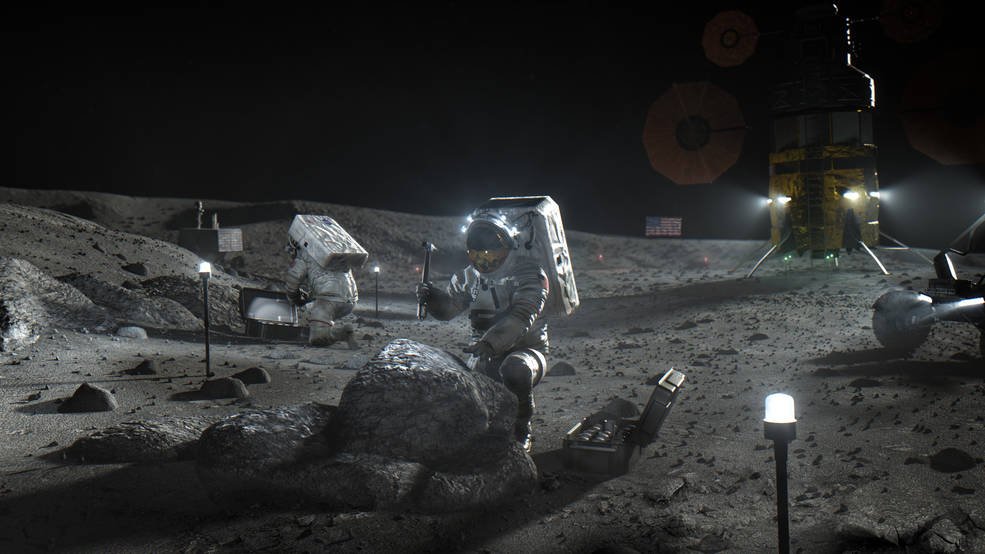NASA has announced a significant shift in the timeline for its upcoming Artemis missions, which includes the highly anticipated first crewed lunar mission in over fifty years. The decision to delay the missions by approximately a year is a strategic move to allow commercial partners more time to develop their crucial technology.
According to the new schedule, Artemis II is set for a launch no earlier than September 2025, followed by Artemis III in September 2026. However, the fourth mission, slated for September 2028, remains unchanged.
The Artemis program is a complex undertaking that heavily relies on major contributions from commercial partners such as SpaceX, Blue Origin, and aerospace giants Lockheed Martin, Northrop Grumman, and Boeing.
The mission outline is as follows: for Artemis II, NASA will utilize its powerful Space Launch System rocket (the same one that successfully launched for Artemis I just over a year ago) and the Orion capsule to carry a crew of four on a ten-day voyage through space. This crew will consist of three Americans and one Canadian.
However, the Artemis III mission is significantly more intricate. While two astronauts will launch on the SLS and travel in the Orion capsule as in the previous mission, they will then have to dock with a SpaceX Starship that will transport them to the moon’s surface. In 2021, NASA awarded SpaceX a $2.9 billion contract to develop the Human Landing System, but it is more complex than it sounds. This is because SpaceX must also create in-orbit refueling capabilities, as the mission involves the Starship being refueled in space before picking up the astronauts.
After successfully delivering the astronauts to the moon, the Starship HLS must then launch from the surface and dock with the Orion before returning to Earth. SpaceX senior engineer Jessica Jensen estimated that this would require around ten tankers with propellant transfer capabilities during an official press conference.
Each of these components – the SLS, Orion, Starship HLS, and in-orbit refueling – is an enormous and historic task on its own. When combined, the mission becomes truly unprecedented.
Further complicating matters is the fact that new spacesuits will be needed for Artemis III. In 2022, NASA awarded a $228.5 million contract to Axiom Space to provide these suits.
However, it is not just the commercial companies that need more time. NASA officials also revealed that they encountered several issues after the demonstration launch of the SLS in late 2022. These issues include problems with the heat shield, life support system, and abort system on the Orion.
In a press release, NASA’s associate administrator summarized the challenges that lie ahead, emphasizing the need for a realistic plan.
“We’re looking at our Starship progress and need for propellant transfer, the need for numerous landings, we’re looking at our spacesuits that we’re acquiring in a different manner than we’ve done before, and developing the new spacesuits as well,” he said. “It’s an incredibly large challenge and a really big deal.”
During a press conference, agency administrators emphasized that safety is their top priority, and crewed missions come with a host of additional challenges and significantly higher stakes than uncrewed missions. In fact, NASA’s deputy associate administrator Amit Kshatriya admitted that even with the revised timeline, the program’s dates are ambitious given the technical work that lies ahead.








